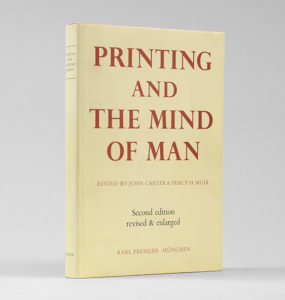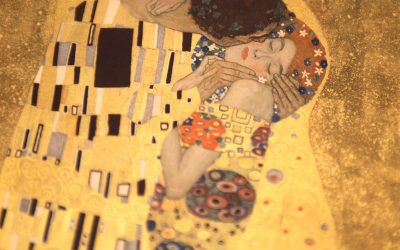In July 1963 the “Printing and the Mind of Man” exhibition at Earl’s Court introduced the general public to an unsuspected facet of one of the best-selling authors of the day.
It turned out that suave Ian Fleming, author of the hugely successful James Bond novels (the film version of Dr. No had premiered the previous autumn, only days before the Cuban missile crisis, and production of the follow-up, From Russia, with Love, was already under way) was a book collector.
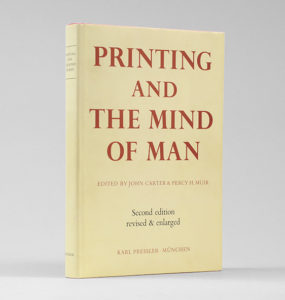
Throughout his adult life, Fleming had collected books that “made things happen”, milestones or landmark books in the history of human progress: “the first book on zip-fasteners, on golf, bicycles, motor-cars, aeroplanes—there was to be no limit to the scope of the idea”.
In his collecting he had enlisted the help of the bookseller Percy Muir and the dandyish wheelchair-bound literary scholar John Hayward, his neighbour in Cheyne Walk who for a time shared the flat below Fleming’s with T. S. Eliot, recuperating after the breakdown of his first marriage.
As the exhibition catalogue put it, the books illustrated “the impact of print on the evolution of Western civilization during five centuries”. The great achievements of science and technology were set side-by-side with some of the highlights of literary and creative thought.
Although the exhibition actually featured more books from the library of the economist Maynard Keynes, it was Fleming’s books that attracted most attention from the press.
Printing and the Mind of Man has continued to attract the attention of book collectors, in the form of the expanded exhibition catalogue, first published in book form in 1967. PMM, as it is familiarly known, has become one of the most recognisable acronyms in the jargon of the book trade.
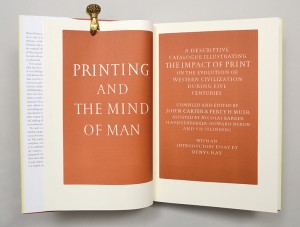
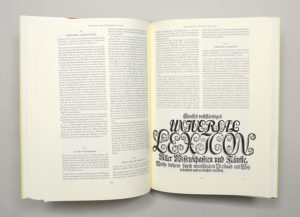
Beginning with the Gutenberg Bible, the first book to be printed with movable metal type, and ending with Winston Churchill’s 1940 “never in the field of human conflict was so much owed by so many to so few” speech, the folio catalogue offers a hand-list of 424 books, arranged in date order, that have changed human history forever.
The book has had its detractors, of course, not least from those who detected an Anglo-centric bias to the choices (the French riposte is entitled En français dans le texte, and an Italian version of the same idea has recently been published), but PMM remains a signpost, inspiration, and challenge to collectors around the world.
An updated list of books we sell that feature in Printing and the Mind of Man is here.

